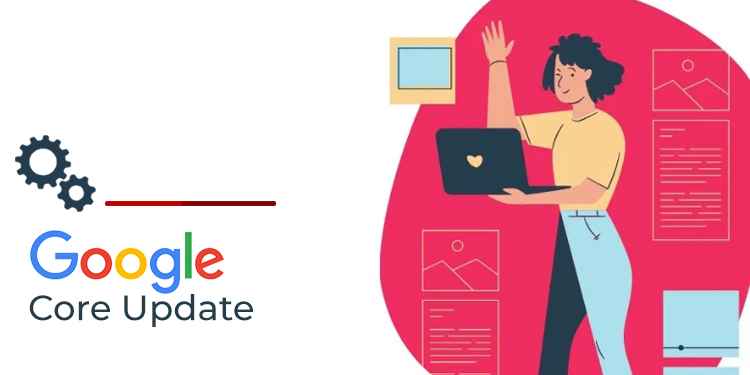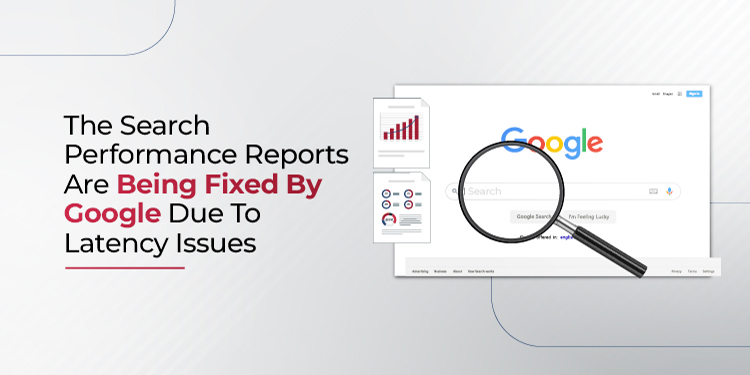If you have experienced unusually strong ranking fluctuations in Google from June to mid-July, it can be mainly because of the updates that were carried out during this timeframe. To begin with, Google announced a core update on 2nd June 2021. Usually, updates are rolled out in one go. Interestingly, for the first time in the history of Google’s core updates, it was split into two phases. The first one was released on June 2 and the second one rolled out between July 1st and July 12th.
Google usually releases its core updates every few months or so. Previous updates were in December 2020 and May 2020 respectively. These core updates to the Google ranking algorithm are significant for all markets and search indices.
Why has Google rolled out two core updates during the adjacent months? Google informed that some parts of the update were not fully ready to be released in June and hence they had to move them to July. After the first phase of the update in June, it took a couple of days until the first change was noticed by the SEO community.
An overview of recent Google updates
- Core update – Phase 1: 2nd June to 12th June
- The Page Experience Update: 15th June
- Two unexpected spam Updates: 23rd June and 28th June
- Core update – Phase 2: 1st July to 12th July
Let’s have a detailed analysis of each update
Core Update – Phase 1
After the core update that was made in December 2021, Google announced another update after a 6 months gap in June 2021. As mentioned in the beginning, this was the first time in the history of Google, an update wasn’t rolled out at once. Instead, it was split into two phases and the 1st phase was released by June 2 while the second phase was released by July 2. Google informed that some of the updates included for June were not ready to roll out yet and hence they had to push it to July. Even after the initial announcement, the SEO community could see the changes only after several days. While comparing to previous updates, the reactions extended for a longer period and the discussions weren’t as in-depth as they used to be. This is because, in contrast to the impacts of previous core updates that took a shorter period, the June 2021 Core Update impact was way too slow.
Like every core update done in the past, it is difficult to find out how exactly Google’s algorithm was changed. This is because the core update contains changes to the broad core of Google’s search engine rather than adding or adjusting individual ranking factors.Even then, it is still possible to figure out the types of websites and industries that have been affected as a result of this update. Given below is a summary of areas that have been affected by June 2021 core updates:
- Many directories were affected by the update including fake-airport sites that resembled high-quality sites but contain lots of spam. Websites with narrow contents are also included in the list.
- Autos and vehicles, science, travel, health, pets, and animals are the categories that may have hit the hardest.
- Many local and regional-focused websites were among the biggest winners and losers.
To summarize, the core update done in June was not as clear as past core updates that were almost similar in terms of the categories and websites impacted.
The Page Experience Update
Last year, Google notified us about an update that will be done to Page Experience. On behalf of this, the Page Experience rollout began on Jun 15th and is expected to be complete by the end of August. With this new update, Google’s “Core Web Vitals” will be considered as an official ranking factor. Core Web Vitals is a set of metrics that quantify real-world user experience for interactivity, loading performance, and visual stability of the page. This means you need to get your Core Vitals in shape if you want more organic traffic to the website. Even though the inclusion of core web vitals has been the major change, there are few other signals that Google considers while giving a website an overall ‘page experience’ score. Details of each signal are given below:
- Core web vitals: Most important update as discussed in the beginning.
- Mobile usability: There shouldn’t be any mobile utility errors in the page.
- Security issues: All pages of your site will be disqualified from good status in case Google identifies any security issue.
- Https usage: To have a good page experience status, the page must be served over an HTTPS connection.
- Ad Experience: The site must refrain from using any advertising techniques that are distracting, interrupting, or the ones that do not provide a good user experience.
In case you are unsure about your website quality or if you come across a sudden fall in website ranking, feel free to get in touch with our SEO consultants. Being the best SEO agency in Dubai, we can help you improve the website quality and rank.
Spam updates during June 23 and June 28
Unlike core updates that usually take 2 weeks to complete, spam updates can be rolled out in one day itself. Google hasn’t shared any information about the type of spam that is being targeted by these updates. However, it is definite that they are global updates and have affected both images and web results. It’s a part of Google’s plan to further improve Google Search and make it safer for users.
In case you have noticed such unusual changes in ranking around the dates mentioned, it may be related to this update. However, there are no chances of legitimate websites following Google’s webmaster guidelines to worry on behalf of these updates. Google’s spam database has the highest precision in checking the sites and identifying the spam ones. The new update also targets Phishing scams. As such, when a website hits Google’s spam score, its content is either removed from Google’s index or demoted in the search results.
Please note that following the Google guidelines for your website doesn’t signify that it is invulnerable to hacked spam. Many other factors can open doors for hacks and spam, for example, websites hosted in insecure servers, outdated codes, etc.
Core update – Phase 2
The updates done in July were the continuation of core updates that were rolled out during June. The update was launched on July 1 and concluded by July 12th. With this core update, Google focuses on accessing the website content in a better way and deciding what pages provide the best answers to searches. Analyzing the previous update in June, it seems like Google gave too much focus on SEO-based criteria like domain age and backlinks or otherwise Google weakened some aspects in previous updates and intended to fix these mistakes on the July update. Some websites could lose traffic as a result of this update. On the other hand, other websites that were previously under-rewarded may get boosted too.
In web page rankings, Google’s recent core updates may initially cause fluctuations, volatility, spikes, and drops. However, we must keep in mind that these core updates are software updates that will not attack your website or individual actions. To conclude, Google rolls out updates periodically targeting slander, spam, and product reviews. You may find a significant increase in fluctuations in Google web page rankings as a result of this.
Are you facing any such issues on behalf of your website? Get a free consultation from our SEO Experts today itself. We strive to provide the best SEO services in UAE by helping clients to improve their brand’s online visibility and reach. We can resolve any existing issues and prepare your website for new updates.


















